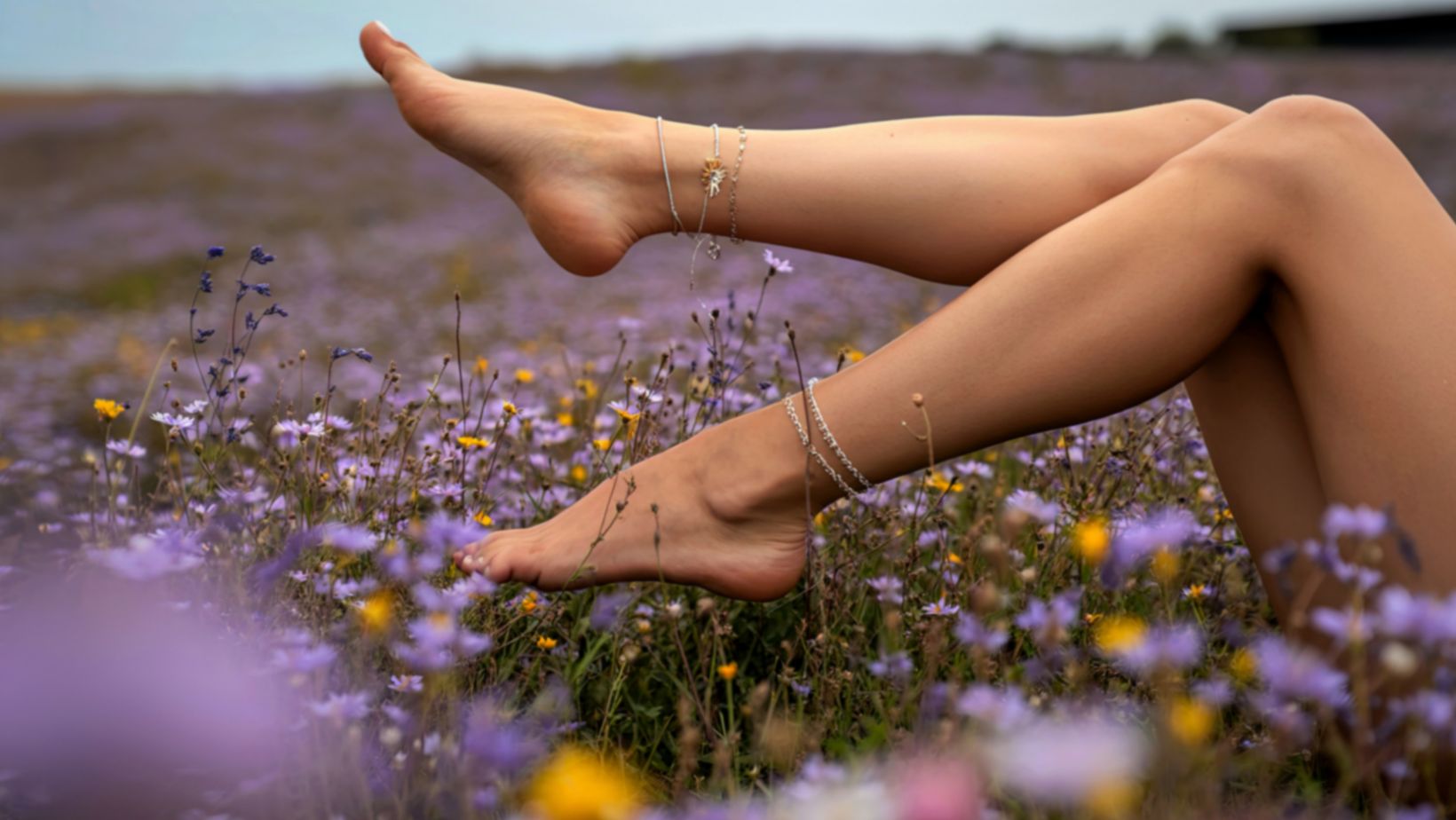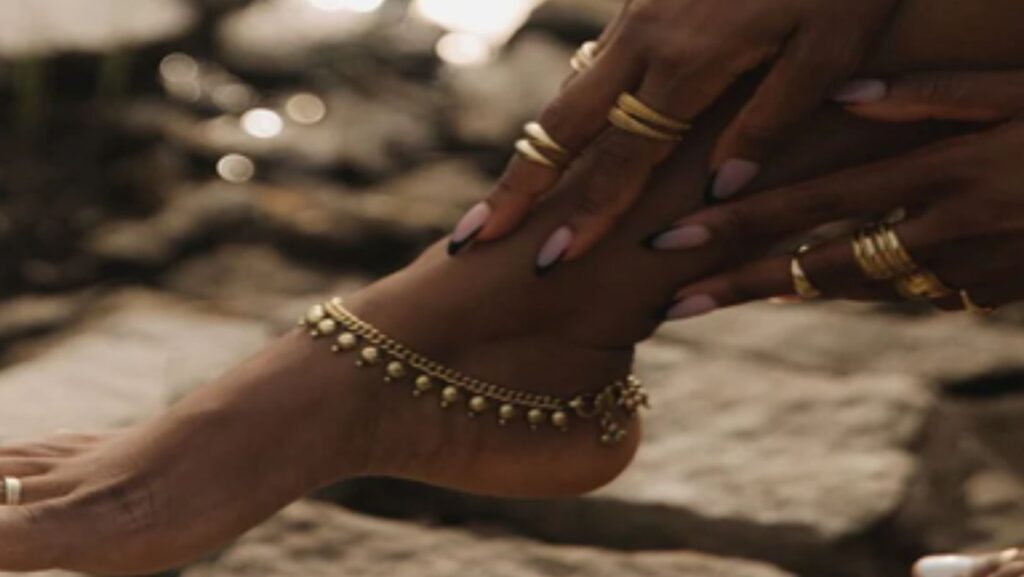Across time and culture, anklets have been more than just ornaments. They have marked identity, symbolized movement, and served as protective objects. In their gentle sway, they reflect the rhythm of the body and the flow of life itself. As jewelry, anklets hold a unique position, close to the earth but filled with meanings that extend far beyond their appearance.
Today, anklets are being rediscovered for their ability to blend style with subtle symbolism. Made from brass, 925 sterling silver, and gold vermeil, they are more than just decorative. They are designed to move with you, to remind you of your presence with each step, and to connect modern fashion with ancient traditions.
The Cultural Significance Of Anklets
From the dancing bells of South Asia to the talismanic anklets of the Mediterranean, these accessories have held significance across cultures. Anthropologists note that anklets often marked significant life transitions—moving from youth to adulthood, from the domestic to the ritual, and from the ordinary to the sacred. Their position around the ankle, close to the ground, suggests humility and grounding: a reminder of our connection to the earth.
At the same time, anklets serve as instruments of rhythm. Their subtle sounds and movements accompany processions, ceremonies, and dances, linking ornamentation with performance. Wearing an anklet reminds us that life is a continuous movement, with each step holding both practical and symbolic weight.
Material Presence: Brass, 925 Sterling Silver, And Gold Vermeil
The materials used for anklets influence their appearance and symbolic impact:
- Brass: With its changing patina, brass embraces imperfections and transformation. Its raw quality suggests resilience and grounding, appealing to those who see jewelry as a reflection of personal growth.
- 925 sterling silver: This noble metal is prized for its durability and timeless beauty. Silver has deep connections to the moon and reflection, making it a symbol of endurance and clarity.
- Gold vermeil: Known for its warmth and shine, gold vermeil offers a bright finish over sterling silver. Historically associated with vitality and the sun, it embodies both elegance and energy.
Together, these metals provide a range of meanings—from the grit of brass to the durability of silver to the brilliance of gold vermeil.
Styling Anklets: Movement As Expression
Anklets fit naturally into various settings.

Here are some ideas for styling:
- Barefoot walks: A brass anklet feels connected to the earth below, catching natural light in subtle ways.
- Festivals: Layer silver and brass anklets to create a rhythmic effect that resonates with the energy of music and dance.
- Beachwear: A single gold vermeil anklet paired with simple swimwear results in understated elegance that shines in the sunlight.
- Everyday wear: A discreet sterling silver anklet, worn under cropped jeans or wide trousers, adds an intriguing touch, only visible as you move.
Anklets encourage freedom. They can serve as personal talismans or bold expressions, depending on how you wear them.
The Symbolic Movement Of Anklets
Positioned between body and earth, anklets represent grounding and transition. Their constant, subtle motion serves as a reminder of rhythm and presence. Psychologists studying ritual objects have found that adornments worn close to the skin can strengthen self-awareness and identity. Anklets embody this idea—turning each step into a significant act.
Modern designs feature darker tones, layered styles, and edgy elements that redefine anklets as more than traditional jewelry. They transform into talismans for contemporary life, offering both protection and self-expression while reflecting ancient practices and future styles.
Noir KĀLA: Anklets For The Present And Future
What makes these pieces unique is how they resonate with Noir KĀLA’s evolving identity. Each anklet serves not only as a piece of body adornment, but also as an extension of cultural legacies, designed anew for today’s moment. The raw patina of brass symbolizes strength and movement, while the silver indicates endurance and reflectivity. The gold vermeil brings warmth and light to accompany darker, edgier forms. Together, they embody a duality of beauty in vulnerability and resilience.
These anklets prompt the wearer to consider movement not only as a fashion statement, but also as a ritual. Every step, every movement while wearing a piece of adornment wraps the wearer in a relation to the world and proposes rhythm and intention. The wearer can choose to wear a single piece as a subtle talisman or layer it to create a bold statement, inviting self-representation that defies the current of normality.
Conclusion
Anklets are one of the most meaningful forms of adornment—delicate yet impactful, decorative yet symbolic. They carry centuries of significance while adapting to contemporary life, from barefoot strolls to festivals and beach outings.
Made from materials that range from the raw texture of brass to the lasting strength of 925 sterling silver and the warm glow of gold vermeil, anklets offer more than just surface beauty. They remind us of rhythm, transition, and grounding—symbols that hold as much significance today as they did in the past.


